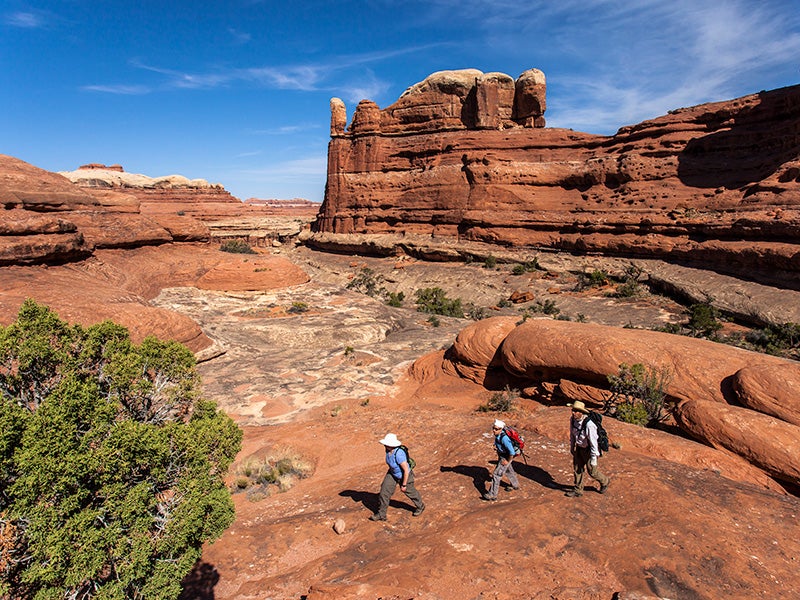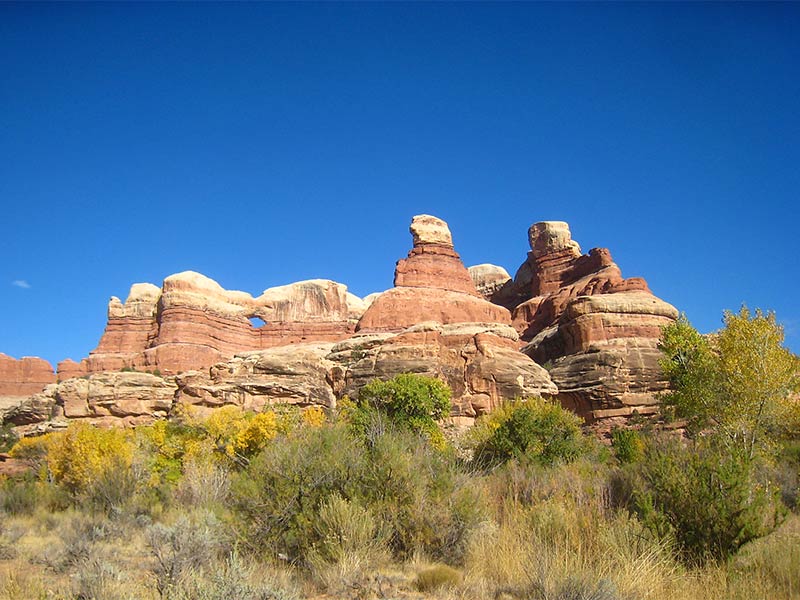Protecting Canyonlands National Park from Off-Road Vehicles
Salt Creek Canyon is one of the crown jewels of Canyonlands National Park. It is home to the Salt Creek National Register Archaeological District, the area with the highest recorded density of archaeological sites in the park.
Clients
Regional Office / Program
Case Overview
Throughout the West, especially in Utah and Alaska but elsewhere as well, local jurisdictions have attempted to use Repealed Statute 2477, a Civil War era law, to claim rights of way to streambeds and other parts of national parks, forests, monuments, and other federal lands for developments or access of various sorts.
In this case, San Juan County and the state of Utah used the repealed statute to argue that occasional travel in Salt Creek Canyon by jeeps had created a public highway.
Salt Creek Canyon is one of the crown jewels of Canyonlands National Park. It contains the only perennial stream in the Park (besides the Green and Colorado rivers) and is home to the Salt Creek National Register Archaeological District, the area with the highest recorded density of archaeological sites in the park.
The threats that motorized vehicles posed to these irreplaceable resources are well documented and resulted in the National Park Service’s decision to close the canyon to such use.
Earthjustice challenged the attempt, and in late April 2014 the Tenth Circuit Court of Appeals blocked the county and state’s attempt to seize a right-of-way over Salt Creek.
The decision has important implications beyond Salt Creek. The state of Utah and its counties are pursuing more than 20 similar cases asserting that approximately 36,000 miles of dirt trails and cowpaths are state highways.

Case Updates
Case page created on November 22, 2005.

